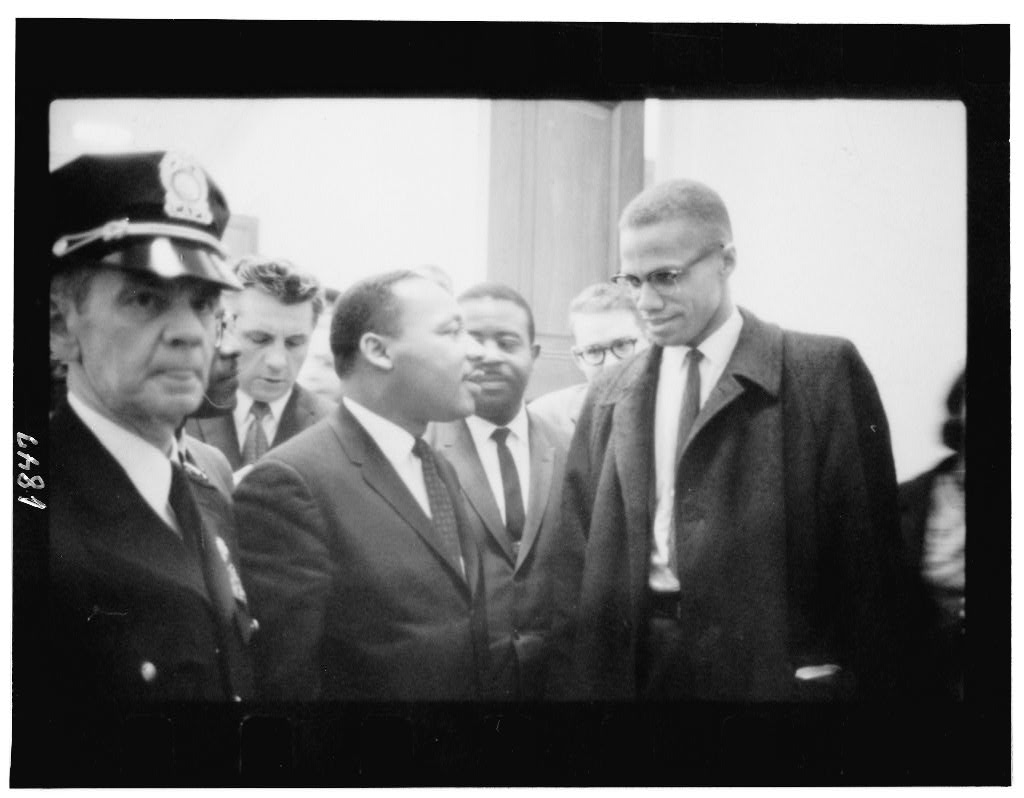In Fairbury, Nebraska–pop. 5,000–where I grew up in the 1960s, there lived literally zero black people. It was not by chance: the Klan and its allies had driven blacks out of much of the rural Midwest. (My parents' Civil Rights advocacy found scant welcome in my home town. But that's another story.) When I was in 6th grade, my older, wiser brother (a 9th grader) handed me the Autobiography of Malcolm X and set me on a journey that compels me still. More recently, two scholars in our Teaching American History (TAH) program reset my world view as powerfully as my brother did back in 1971. At our 2010 TAH Summer program, Manisha Sinha, UMass Amherst, presented a powerful case that African Americans were the critical factor in the Union's Civil War victory. Lincoln himself declared the 186,000 black soldiers to be essential. This figure excludes many thousands more black civilians who fed the Army, moved it, and built its fortifications. At least as important, escaping slaves hollowed out the Southern economy, helped split the white South along class lines, and ultimately forced Lincoln's hand on Emancipation. In the Fall of 2010, Rob Romer's groundbreaking study, Slavery in the Connecticut Valley of Massachusetts, established with inarguable evidence a higher rate of slavery in the colony (8%–in the town he studied) than the estimates accepted for more than 200 years. Romer also gave me the insight that the ultimate seed of Abolitionism germinated not among enlightened whites–as I had long heard, but in generations of resistance, including decades of advocacy in the courts by African Americans. My understanding had circled back to the self-empowerment philosophy of Malcolm X. For a richly textured immersion into the world of 1840s Abolitionism, including the ministry of Sojourner Truth, I am proud to refer you to our own Online Exhibit, Radical Equality. Watch this blog for further installments on this great strand of American History.
I invite insights on the quality of two intriguing secondary sources, brought to my attention by Suzanne Judson-Whitehouse. Please look them up and comment here. - Slavery and the Making of America -by James Oliver Horton and Lois E. Orton 'The part I liked from the review' (SJW): "the authors describe the slaves' valiant struggles to free themselves from bondage" - Child-Sized History -- Fictions of the Past in US Classrooms by Sara Schwebel "her book recounts how the [traditional] time-worn canon [of historical fiction] came to be and how it mean be used in the classroom to deepen historical understanding about such topics as Native Americans, wartime, and tensions between black and white."
Published on Sat, 04/21/2012

Categories:



